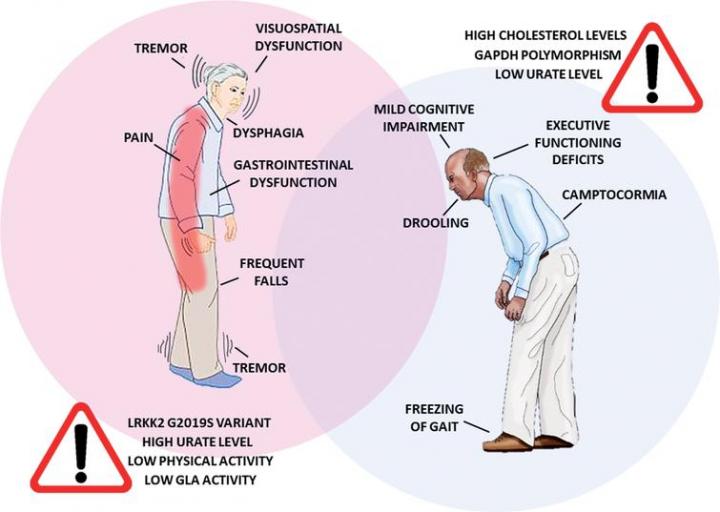- 24 X 7 Online Support [email protected]
- Contact Us +91 7520435375
- Emergency Number 0591-2411334

Parkinson's Disease
Overview
More than one million people in the United States are living with the neurodegenerative ravages of Parkinson's disease. This disease, which typically hits people past the age of 65, is progressive, gradually stripping away motor abilities, leaving people with a slow and awkward gait, rigid limbs, tremor, shuffling and a lack of balance.
No one knows what causes Parkinson's. Most cases arise spontaneously; some are hereditary. What is known is that brain cells in the area of the brain called the "substantianigra" die off. These are the cells which manufacture the molecule dopamine, a chemical that helps control muscle movement.
Thanks to recent advances in the lab, including the pinpointing of several Parkinson's genes, research is exploding. Scientists are now picking apart newly discovered biochemical pathways involved in the disease and uncovering new targets for therapy.
पार्किंसंस रोग
अवलोकन
संयुक्त राज्य अमेरिका में दस लाख से अधिक लोग पार्किंसंस रोग के न्यूरोडीजेनेरेटिव विनाश के साथ जी रहे हैं। यह रोग, जो आम तौर पर 65 वर्ष से अधिक उम्र के लोगों को प्रभावित करता है, प्रगतिशील है, धीरे-धीरे मोटर क्षमताओं को छीन रहा है, लोगों को धीमी और अजीब चाल, कठोर अंगों, कंपकंपी, फेरबदल और संतुलन की कमी के साथ छोड़ रहा है।
कोई नहीं जानता कि पार्किंसंस क्यों होता है। ज्यादातर मामले अनायास उत्पन्न होते हैं; कुछ वंशानुगत हैं। जो ज्ञात है वह यह है कि मस्तिष्क के उस क्षेत्र में मस्तिष्क की कोशिकाएं जिन्हें "पर्यायनिग्रा" कहा जाता है, मर जाती हैं। ये कोशिकाएं हैं जो अणु डोपामाइन का निर्माण करती हैं, एक रसायन जो मांसपेशियों की गति को नियंत्रित करने में मदद करता है।
प्रयोगशाला में हाल की प्रगति के लिए धन्यवाद, जिसमें कई पार्किंसंस जीनों की पहचान शामिल है, अनुसंधान में विस्फोट हो रहा है। वैज्ञानिक अब बीमारी में शामिल नए खोजे गए जैव रासायनिक मार्गों को अलग कर रहे हैं और चिकित्सा के लिए नए लक्ष्य खोज रहे हैं।



